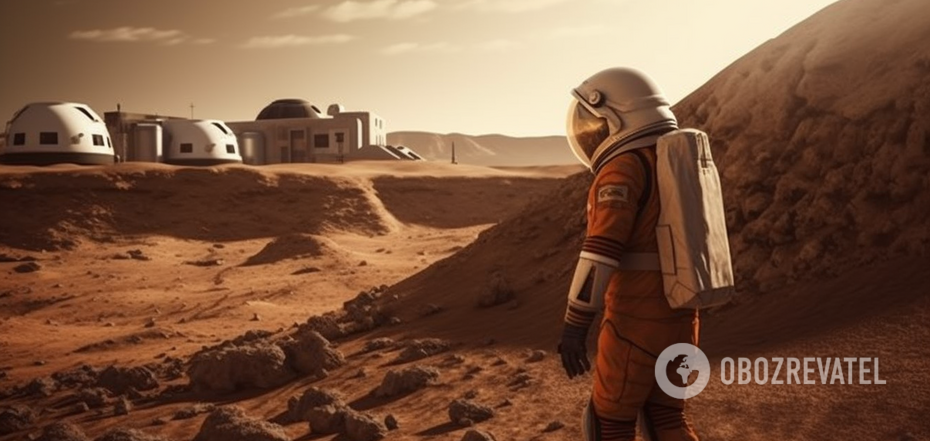News
A clever way to settle people on Mars: what is its peculiarity
Humanity on Mars could live and work in underground tunnels that would protect them from the inhospitable atmosphere on the surface. This would make it possible to plan longer space missions without endangering the lives of astronauts.
Testing of the concept of such alien life has begun in North Yorkshire, England. There are already underground tunnels there that allow the simulation of space realities.
The project called Bio-SPHERE is being conducted by researchers from the University of Birmingham in a unique environment located 1.1 km underground in one of the deepest mines in the UK.
The researchers aim to study how scientific and medical activities can be carried out in the challenging conditions that exist on Mars or the Moon.
This is the first of several new laboratory stations planned to study how people can work during long space missions while staying healthy.
The researchers will work in partnership with the Bowlby Underground Laboratory, a 4,000-m3 deep underground facility specializing in particle physics, earth science, and astrobiology research.
The Bio-SPHERE project is based on a 3,000-m3 network of tunnels adjacent to the Bowlby Laboratory that run through 250-million-year-old rock salt deposits. This geologic environment, along with the deep underground location, has allowed the researchers to recreate the working conditions that humans would experience if they worked in similar caves on the Moon or Mars. This includes isolation from other people, limited access to new materials, and difficulty moving heavy equipment.
Staying underground will also allow scientists to study the extent to which the impact of cosmic radiation on people working in such conditions on Mars will be reduced.
Scientists also believe that living under the surface of Mars will protect astronauts from falling meteorites that can harm both humans and infrastructure on the surface.
The Bio-SPHERE project is currently operating the first module, which is designed to test biomedical procedures necessary to prepare materials for the treatment of tissue damage. These include complex liquids, polymers, and hydrogels for regenerative medicine, which can be used, for example, in dressings or fillers to mitigate injuries.
According to Scitechdaily, this environment provides the ability to model various mission scenarios and conduct advanced interdisciplinary research, ranging from the impact of extreme conditions on biological and physicochemical parameters and medical infrastructure to studying how available resources "on-site", such as atmospheric pressure, temperature, and geology, can be used to build habitats.
Subscribe to OBOZREVATEL's Telegram, Viber, and Threads channels to keep up with the latest developments.




























